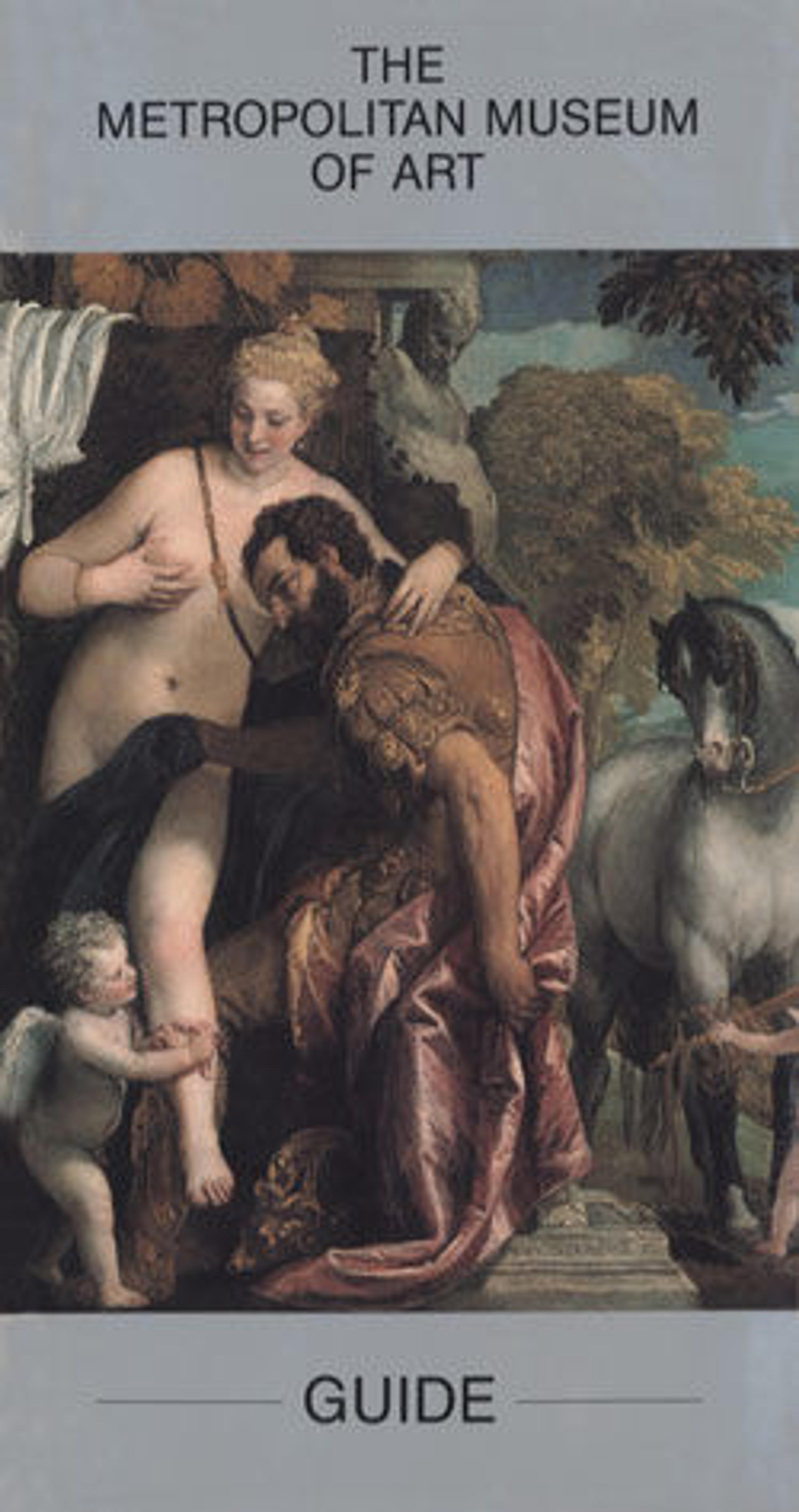Bis Pole
The most spectacular sculptures of the Asmat people of southwest New Guinea are the ancestor poles known as bis. Made only in a limited area of the Asmat region, bis poles were, and are, created as the focal points of a memorial feast that honors individuals who have died recently and become ancestors. Each figure on the poles represents and is named for a specific individual. In the past, the poles also reminded the living that the dead must be avenged. In Asmat cosmology, death was always caused by an enemy, either directly in war or by malevolent magic. Each death created an imbalance that had to be corrected through the death of an enemy. After a number of individuals in the village had died, the male elders would decide to stage a bis feast, which was formerly held in conjunction with a headhunting raid. Today, a bis feast may be staged to alleviate a specific crisis or in connection with male initiation.
Each bis pole is carved from a single piece of wood. To create the pole’s distinctive form, carvers select trees with plank-like buttress roots. During carving, all but one of the roots are removed, and the tree is inverted, so that the remaining root forms the wing-like projection (cemen) at the top. Bis poles consist of several components. The main section (bis anakat) with the carved figures portrays the deceased individual for whom the pole is named, who is shown at the top, and other recently deceased relatives, who appear below. The cemen represents the pole’s phallus and incorporates motifs symbolic of headhunting, which is also associated with fertility. The lower portion of the pole is called the ci (canoe) and at times depicts the canoe that transported the ancestors to the afterworld (safan). The pointed base (bino) is often inserted into the ground.
Each bis pole is carved from a single piece of wood. To create the pole’s distinctive form, carvers select trees with plank-like buttress roots. During carving, all but one of the roots are removed, and the tree is inverted, so that the remaining root forms the wing-like projection (cemen) at the top. Bis poles consist of several components. The main section (bis anakat) with the carved figures portrays the deceased individual for whom the pole is named, who is shown at the top, and other recently deceased relatives, who appear below. The cemen represents the pole’s phallus and incorporates motifs symbolic of headhunting, which is also associated with fertility. The lower portion of the pole is called the ci (canoe) and at times depicts the canoe that transported the ancestors to the afterworld (safan). The pointed base (bino) is often inserted into the ground.
Artwork Details
- Title: Bis Pole
- Date: ca. 1960
- Geography: Indonesia, Papua Province (Irian Jaya), probably Per village, Asewetsj and Siretsj Rivers region
- Culture: Asmat people
- Medium: Wood, paint, fiber
- Dimensions: H. 19 ft. × W. 12 in. × D. 48 in. (579.1 × 30.5 × 121.9 cm)
- Classification: Wood-Sculpture
- Credit Line: The Michael C. Rockefeller Memorial Collection; Gift of Nelson A. Rockefeller and Mrs. Mary C. Rockefeller, 1965
- Object Number: 1978.412.1251
- Curatorial Department: The Michael C. Rockefeller Wing
More Artwork
Research Resources
The Met provides unparalleled resources for research and welcomes an international community of students and scholars. The Met's Open Access API is where creators and researchers can connect to the The Met collection. Open Access data and public domain images are available for unrestricted commercial and noncommercial use without permission or fee.
To request images under copyright and other restrictions, please use this Image Request form.
Feedback
We continue to research and examine historical and cultural context for objects in The Met collection. If you have comments or questions about this object record, please complete and submit this form. The Museum looks forward to receiving your comments.
